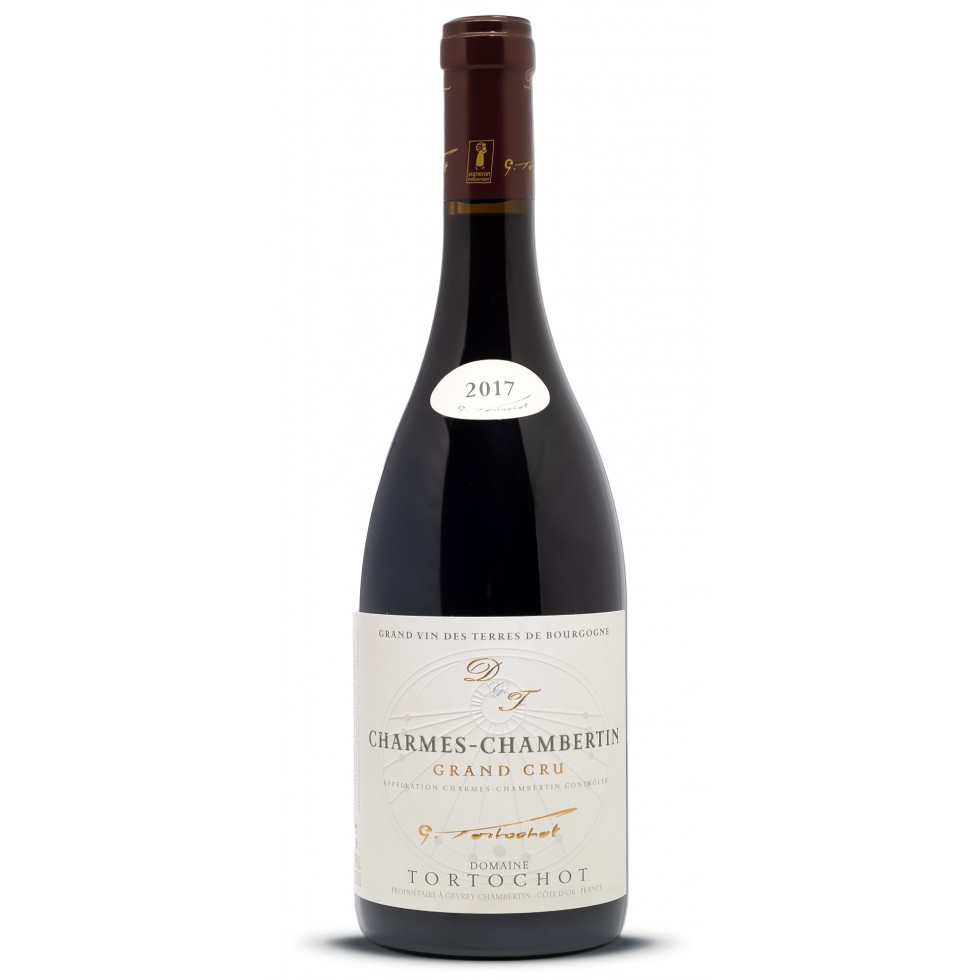appellation
Charmes Chambertin
Wine Characteristics
Vivid coloration ranging from deep ruby to black-cherry. Their aromas suggest strawberry, blackcurrant, and gooseberry as well as fruit pits, liquorice, and spices. Violet, moss and underbrush are also likely to be present. On the palate, power, opulence and elegance unite to make a full and complex body, full of sap and voluptuosness textured. Keeping potential is 10 years minimum. Although these sumptuous Grands Crus share a family resemblance, each has its own distinctive nuances.
Wine Steward’s Tip
The Grands Crus of Gevrey-Chambertin are iconic Pinot Noir wines; powerful, virile, complex and intense. They demand equally complex, hightoned dishes to keep the pairing in balance. Feathered game (grilled or, better still, in wine sauce) will, of course, be a worthy companion. The power of the wine’s tannins will withstand the shock of contrasting textures while its aromatic complexity and above all its opulence will bring out the differences.
Roast lamb in gravy, chicken in red wine sauce, glazed poultry, and rib steak will also benefit from the match, not forgetting soft-centred cheeses which will get strong support from the wine’s power and aromatic persistence.
Serving temperature: 12 to 14°C for young wines,14 to 16°C for older wines.
Situation
Gevrey-Chambertin lies alongside the Route des Grands Crus at the northern end of the Côte which runs from North to South between the Combes of Lavaux at one end and Morey-Saint-Denis at the other. It can be likened to a Cinemascope screen, facing east, at altitudes between 240 and 280 meters.
The Clos de Bèze first appears in the history of the Côte de Nuits in the year 640 AD as a monastic property. In 1219 it passed to the canons of Langres, who retained ownership until the French Revolution (1789). The name Chambertin has been used since the 13th century and once shared imperial approval with Clos de Bèze - Napoleon would drink nothing else. Its boundaries have not changed since the Middle Ages. In recognition of their similarity, the 7 Climats adjoining those of Chambertin and Clos de Bèze attach the name Chambertin to their own names (except in the case of Clos de Bèze where the name Chambertin comes first).
Grand Cru status was officially granted on 31 July 1937.
Terroirs
This hill-slope lies on hard rocks. On the upper portion are brown soils, partly alluvial, partly scree, and some tens of centimetres deep. Lower down are claylimestone soils in varying proportions. Up-slope, the rocks are of bathonien origin, lower down the marls and limestones belong to the Jurassic (Bajocian) and numerous marine fossils are to be found on the surface, recalling the sea which covered this area some 150 million years ago.
Source : https://www.bourgogne-wines.com






